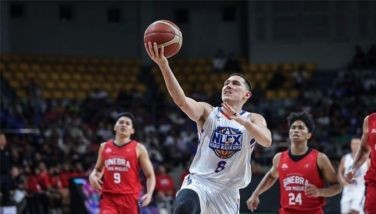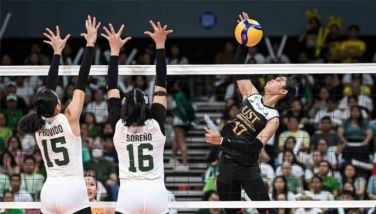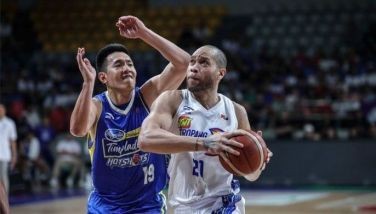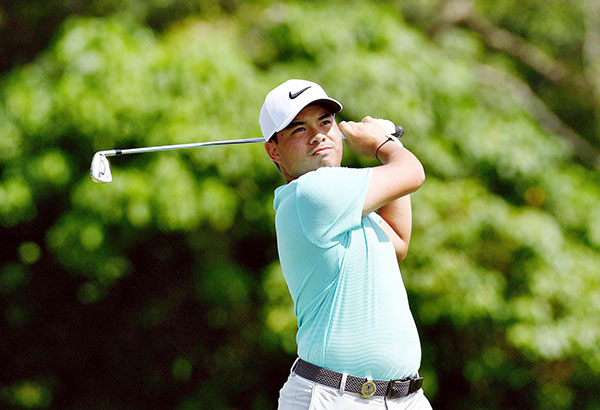Real Filipinas, real gift
Go where you are celebrated, not where you’re tolerated. – Robin Hallett
The Filipinas are the new darlings of Philippine sports, heroically breaking time-worn barriers in football. Their crashing into the FIFA Women’s World Cup, scoring and winning have scratched three items from our “never been done” list. A few pundits who haven’t done their homework vainly tried to make an issue of the players’ skin color and surnames. Come on, haven’t we been through this with the Azkals, the Volcanoes, PBA players and coaches, and other athletes who’ve successfully competed for the country?
First of all, no one has a say over where they are born, who their parents are, and what they will look like. There have been a handful of mass migrations from the country beginning in the 1940’s, coinciding with every major upheaval in global or Philippine history. (It’s similar to the flood of eastern European immigrants into New York every time there’s a war.) What is important to know is that a person has a right to the citizenship of either parent (jus sanguinis) or their own place of birth (jus soli). If one parent is a Filipino citizen at the time of the athlete’s birth, then the athlete in question is Filipino by law, period.
Secondly, it is a question of opportunity and desire. Just as many Filipino athletes have elected to live overseas and acquire foreign citizenship to be able to play their sports without hindrance, the reverse is true. It’s a two-way street. About a decade ago, Melissa Bulanhagui, who was one of the top three US junior figure skaters and a bronze medalist at the Nebelhorn Trophy, opted to compete for the Philippines. Melissa gave up her US ranking and sponsorships in the belief that she had a better chance of qualifying for the Winter Olympics in her motherland. She won two consecutive national senior championships and was coaching the junior women’s team before running headlong into the politics in her sport. Bulanhagui left the country in frustration.
Third, what does a Filipino look like? The comment “they don’t look Filipino” has been tossed around, as if it mattered. This writer is 6’2” and Caucasian. Does that make me less Filipino than someone who is 5’8” and darker-skinned? (My mother grew up in Lingayen, Pangasinan, and earned an academic scholarship to the US when she was 16.) During the conduct of the Senate investigation on alleged fake Fil-Am basketball players in the late 1990’s, the late Sen. Sonny Osmeña laughingly noted that the three lawmakers running the hearings were all of foreign extraction. Osmeña’s mother, Maria Luisa Renner, was American. Sen. Robert Barbers was of Italian descent, while Sen. Robert Jaworski bears a Polish-American surname. (Besides, much of the country is of Spanish descent, and may possibly obtain Spanish citizenship through an agreement between Spain and its former colonies.)
Let’s accept who is willing to play for us, and celebrate them. It is not easy being an athlete, and your time as one is painfully limited. Dedicating yourself to the Philippines – even for a short time – is a sacred act. The Filipinas – all of them – gave the country a priceless, irreplaceable gift, a historical one, at that. It cannot be repaid, for how do you give back time and effort? It was a selfless act of giving, whatever their reason for doing it. And the fans showered them in appreciation and adulation, making them want to do it again. Isn’t that something worth being grateful for?
- Latest
- Trending



























